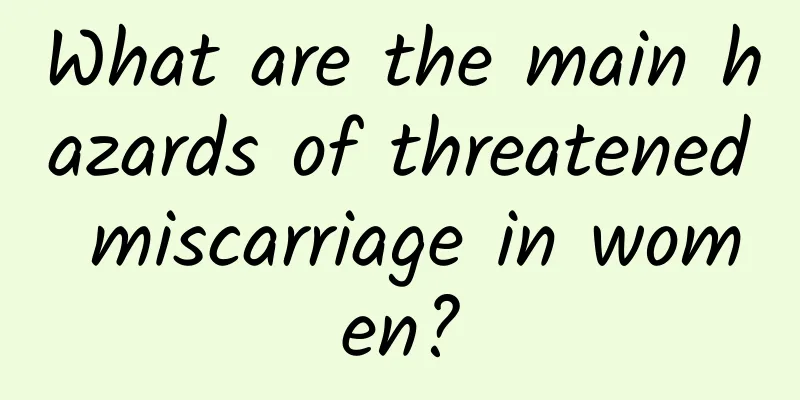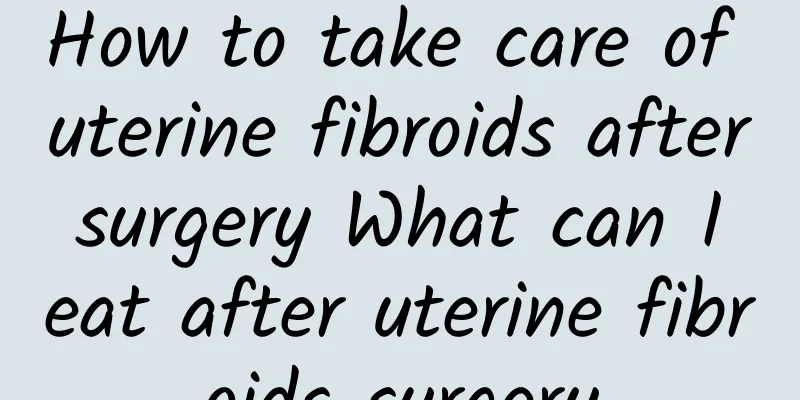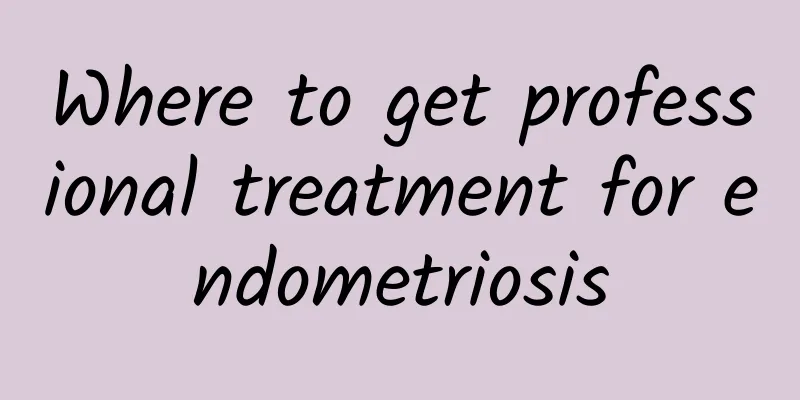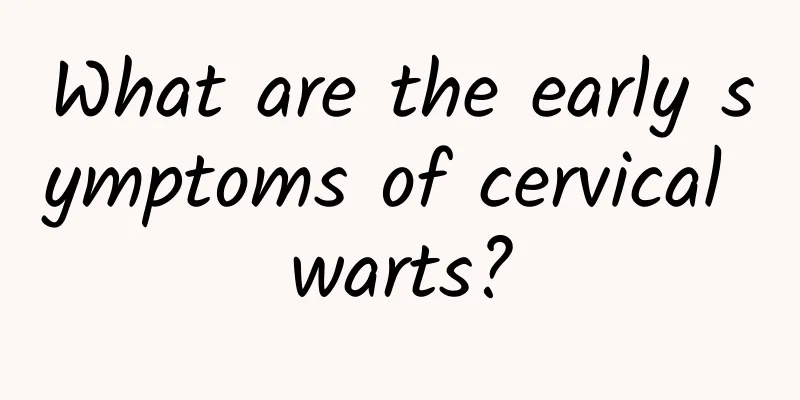What are the main hazards of threatened miscarriage in women?

|
Many women want to know what the main dangers of threatened abortion are. This is a very serious problem. Due to the increasing pressure in modern society, there are many women who suffer from threatened abortion. The dangers of threatened abortion are still very large. Some women do not know the dangers of abortion, which leads to the neglect of post-abortion care. The following are the specific dangers of threatened abortion. Uterine perforation is a very serious complication that occurs during abortion. Most patients experience sudden and severe abdominal pain during perforation, but a few may not feel it at all. The abdominal pain caused by uterine perforation is persistent, and there is a small amount of vaginal bleeding. If the perforation is small and does not damage the bladder, rectum and other internal organs, and there is no internal bleeding, conservative treatment can be used. If there is still residual tissue in the uterine cavity, curettage can be performed after the condition improves. Post-abortion infection usually occurs within two weeks after surgery and can be directly caused by the abortion operation. It usually leads to acute pelvic inflammatory disease, severe abdominal pain, which is continuous and can worsen in paroxysmal forms, accompanied by fever, chills, or yellow discharge. Sometimes, miscarriage or incomplete miscarriage can cause severe blood loss or even shock. Therefore, active treatment should be given. Various measures can be taken at the same time. Intravenous or intramuscular injection of oxytocin or posterior pituitary hormone 10U. Try to give the patient a blood transfusion. Then actively create conditions for blood transfusion. In addition to the hazards of threatened abortion described above, all types of abortion can be complicated by infection, which is more common in incomplete abortions. Infection often occurs when abortion surgery is performed with instruments that have not been strictly sterilized; when instruments damage the cervix; or when there are original infected lesions in the uterine cavity. After surgical abortion or spontaneous abortion, the infection can spread and eventually lead to serious consequences. |
<<: The harm of curettage after threatened abortion
>>: What are the dangers of threatened abortion surgery?
Recommend
Understand these care points for vulvar leukoplakia
Understand the key points of care for vulvar leuk...
Can you get pregnant with endometriosis?
Endometriosis can affect pregnancy, but it is not...
What happens if my menstrual flow is heavy after curettage?
What happens if my menstrual flow is heavy after ...
New mothers can't lose weight, exacerbating postpartum depression
New mothers are at high risk of postpartum depres...
Bacterial infection is the main cause of pelvic inflammatory disease
At present, pelvic inflammatory disease has becom...
Do you know the three stages of pelvic inflammatory disease treatment?
Do you know the three stages of treatment of pelv...
Dietary precautions for patients with cervical hypertrophy
Dietary precautions for patients with cervical hy...
Explain to everyone the seriousness of the harm of painless abortion
The harm of painless abortion has always been som...
Can flat breasts lead to premature ovarian failure?
Flat chest does not directly lead to premature ov...
Experts explain the causes of vaginal candidal infection
Female friends often need to take care of the dai...
Relieve stress and lose weight! Supermodel Wang Liya talks about the 6 benefits of exercise
Exercise can make the body healthier, help firm t...
What are the common symptoms of pelvic inflammatory disease?
Pelvic inflammatory disease is mainly divided int...
What to eat to reduce uterine fibroids quickly? How to regulate to reduce uterine fibroids
What to eat to reduce uterine fibroids quickly? H...
What should patients with cervical erosion pay attention to?
What should patients with cervical erosion pay at...
Nursing methods of traditional Chinese medicine for miscarriage
In our real life, there are many women who become...









